When buying tampons, it can be all too easy to get sucked in by pretty packaging or the price - but what about the materials that actually make up the product?
Campaigners in the US have called for brands to list what their tampons are made from on the packaging, saying women have the right to know what goes into the products they’ll be inserting into their bodies - especially if they have consequences for health.
Here in the UK, the situation isn’t much different, with composition details rarely making it onto tampon boxes (we ventured to a pharmacy and found just one pack of tampons featured a loose list of materials on the back).
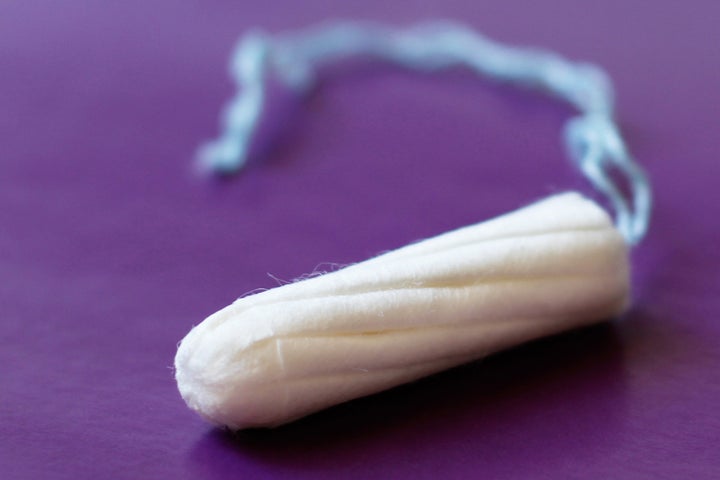
Currently, manufacturers are advised to include “brief details of the absorbent materials used in the manufacture of the product” in the leaflets inside tampon boxes. However that’s no use to anyone when you’re scanning supermarket shelves, trying to figure out which tampons are best for you.
In Europe, manufacturers and brands aren’t required to feature an ingredient list on the pack based on current regulation.
That said, some progress has been made to achieving transparency. This year, Tampax started adding information to its product packaging listing what’s in each product, in the order of composition.
There’s no disputing that women should be able to see what tampons are made from on boxes. But should we be worried about what actually goes into them, too?
Health Concerns
Many tampons sold in the UK are made with either rayon or cotton or a mixture of both, however the safety of these materials has previously been called into question.
According to a paper published on the National Center For Health Research’s site, a very small amount of dioxin can be found in rayon fibre and cotton, which can then be found in tampons.
“Dioxin is still detected in tampons - even those made of 100% cotton,” researchers Susan Dudley, PhD, Salwa Nassar, Emily Hartman and Sandy Wang wrote.
Experts from the FDA said that even if small amounts of dioxin did show up in tampons, it would not be enough to be harmful to women. But microbiologist Philip Tierno, from the New York University School of Medicine, isn’t convinced.
“Sure, one tampon is trace,” he previously told CNN. “But consider the menstrual lifetime of a woman. They use approximately 12,000 tampons in a lifetime. That means 12,000 exposures of dioxin...five, six, seven times a day. That’s a lot of dioxin absorbed directly through the vagina. It goes directly into the blood.”
Gabrielle Lods is a chemical engineer from the Swiss Federal Institute of Technology and the founder of vegan condom brand, Green Condom Club. She told HuffPost UK that dioxins could “definitely prove problematic if found in tampons” - even in very small amounts.
“There are absolutely not enough studies out there examining the impact of longterm tampon use on women’s health, we need to spend a lot more time looking into this and conducting more studies around it,” she added.
“The only way to feel assured that your tampons are safe is to ask, ask, ask. Ask the manufacturers for the composition, ask them to explain the composition and how they were manufactured. If you don’t, then no one will.”
The New York Times reported earlier this year that one longtime concern over menstrual products has been whether the process of bleaching cotton and rayon may leave traces of toxic dioxins behind - especially as some research in nonhuman primates linked exposure to dioxins to endometriosis.
But other studies have found no evidence of this. According to Tampax, leading scientists at Harvard, Dartmouth, University of Wisconsin, University of Minnesota and the US Centers for Disease Control have conducted “extensive testing confirming that rayon and cotton are equally safe”.
Philip Tierno expressed conflicting beliefs. He studied Toxic Shock Syndrome (TSS) over the past 30 years and found links between the bacterial toxin Staphylococcus aureus and rayon tampons, but never cotton ones.
“There is no doubt that cotton tampons are the safest, providing the least risk as far as Toxic Shock is concerned,” he told The Guardian.
In addition to worries over dioxins and bacteria, there are also concerns about pesticide residue being left in cotton tampons.
When asked which she thought was better - cotton or rayon - Lods told HuffPost UK: “Cotton tampons, but only if the cotton is 100% organic. If you use cotton, most of the time they use a lot of pesticides and those pesticides remain in the cotton afterwards. It’s clearly not the best option to have pesticides going into your body instead of dioxin.”
Safety And Regulation
Tampons are regulated in Europe by the General Product Safety Directive (GPSD, 2001) and REACH (Registration, Evaluation, Authorisation and Restriction of Chemicals, 2006).
According to EDANA, an international association representing the absorbent hygiene products industry, they are “made of well-proven materials that are used in a variety of other, every day products”.
Its dossier explained these materials have “proven safety profiles” and added that extensive evaluations and testing are performed to ensure they are safe to use.
“The safety evaluation assesses potential effects on vaginal condition, vaginal microflora and potential local or systemic effects, such as irritation or allergy,” it said.
“The safety testing programme may even include the performance of clinical studies, which are conducted according to GCP standards (good clinical practice).
“In conclusion, tampons have a long history of safe use that spans over 60 years worldwide with millions of products in safe daily use.”
Tampon Compositions
With very few studies available, there’s not much to suggest your tampon could be causing harm - but it’s still worth knowing exactly what goes into them.
“As a general rule, I think we should know what we’re putting into our bodies,” said Caroline Overton, a gynaecologist from St Michael’s University Hospital and spokesperson for the RCOG.
“If you picked up food in a supermarket, you’d have a detailed breakdown of what went into it, the same should be said for tampons.”
We reached out to tampon manufacturers and brands to find out what goes into each product.
Tampax
Applicator: cardboard made of tightly wound paper or plastic with pigments of colour.
Absorbent core: cotton and/or rayon.
Thin fabric around absorbent core: rayon and polyester or polyethylene and polypropylene (depending on the type of tampon you buy).
String: cotton and/or polyester, polypropylene braid.
Fragrance: the fragrance only appears on versions labelled as ‘scented’. It is made up of ‘fragranced ingredients like those found in other women’s products’, according to the Tampax website.
A spokesperson told HuffPost UK: “Our cotton and rayon purification involves an elemental chlorine-free process which does not cause the production of dioxin.”

Lil-lets
Absorbent core: viscose (also known as rayon).
Thin fabric around absorbent core: polyethylene and polyester.
String: polyester and/or cotton.
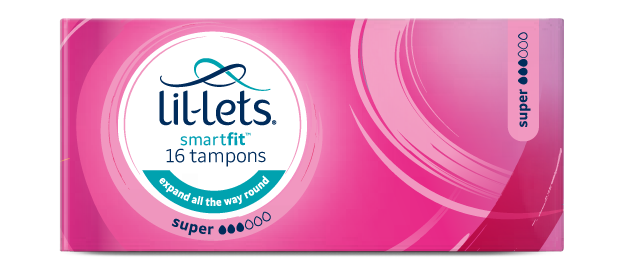
TOTM
Applicator: cardboard.
Absorbent core: 100% organic cotton.
String: 100% organic cotton.
Outer packaging: The applicator tampons come in a paper wrapper. The non-app tampons are currently in a plastic wrapper, but the company is exploring new options along with other product developments.
“We’re committed to using sustainable materials wherever possible,” a spokesperson for TOTM told HuffPost UK.
“Another important aspect of our tampons compared to major high street brands is that ours are cruelty-free and vegan.”
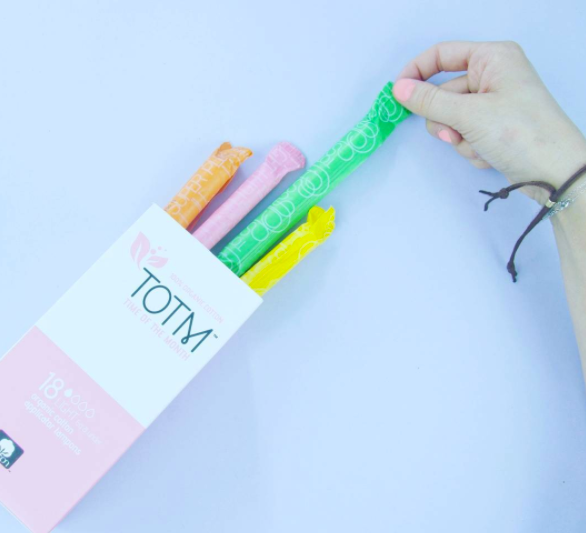
Boots Liberelle
Applicator: paper tube
Absorbent core: viscose rayon fibre
String: cotton/polyester cord
Thin fabric around absorbent core: bicomponent polyester/polyethylene.
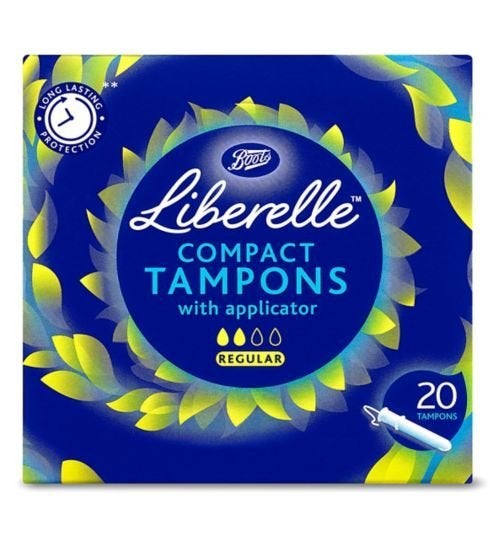
Sainsbury’s
Absorbent core: viscose rayon fibre.
“Our own brand tampons are dermatologically tested and pass thorough product safety testing,” a spokesperson told HuffPost UK.
“They’re produced in line with the UK code of practice and European Disposables and Nonwovens Association (EDANA) guidelines.”
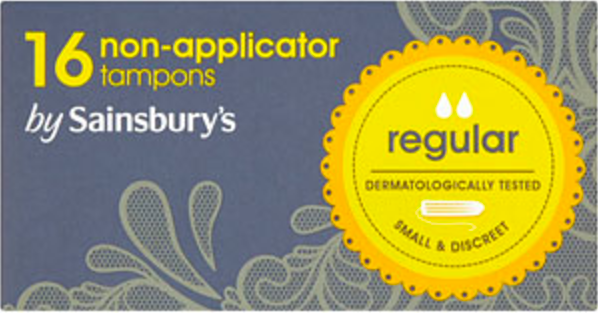
Asda
Absorbent core: viscose rayon fibre.
String: cotton/polyester.
Thin fabric around absorbent core: bi-component polyester/polyethylene non-woven cover.
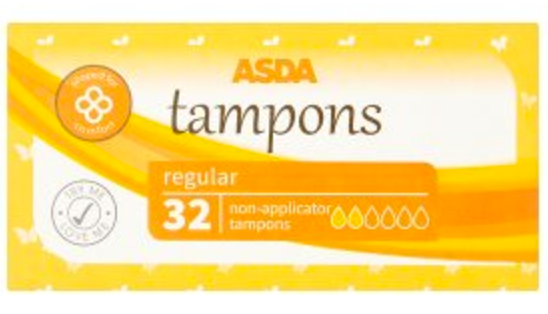
Superdrug
Applicator: standard applicator tampons include a paper tube and the compact tampons include polyethylene.
Absorbent core: viscose rayon fibre.
String: cotton/polyester.
Thin fabric around absorbent core: bi-component polyester/polyethylene non-woven cover.

Natracare
“Everything is 100% organic cotton,” a spokesperson said.
HuffPost UK also reached out to Tesco, who had not responded at the time of publishing.